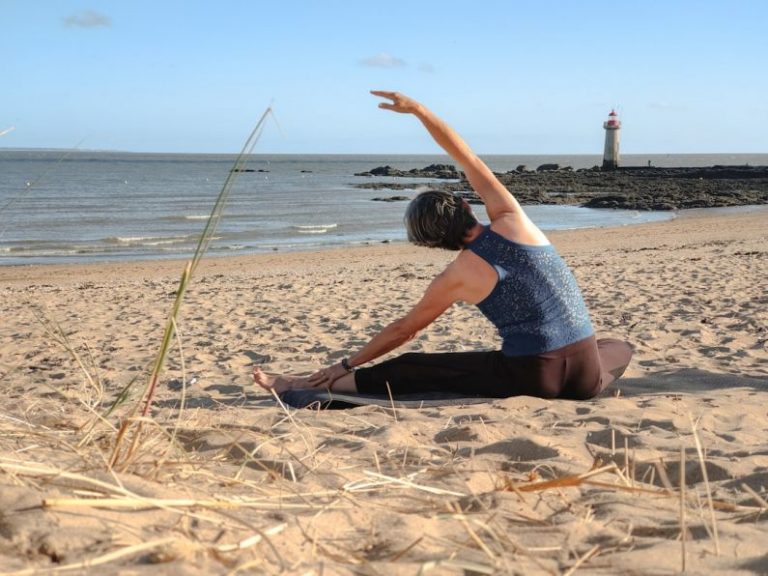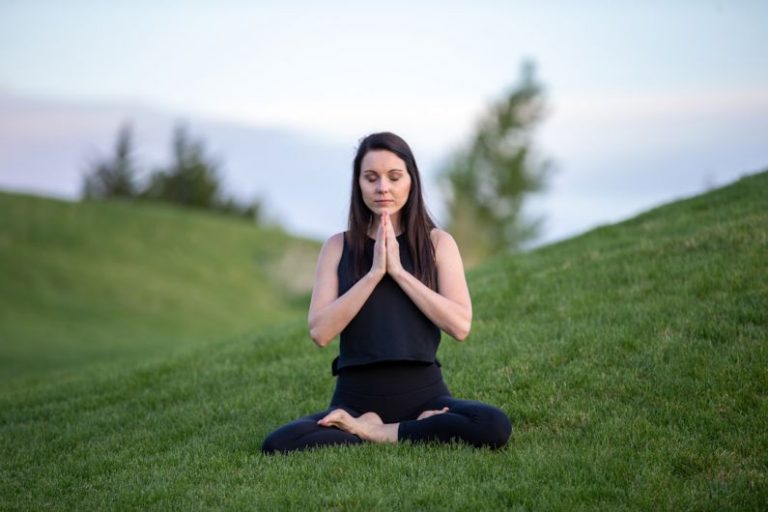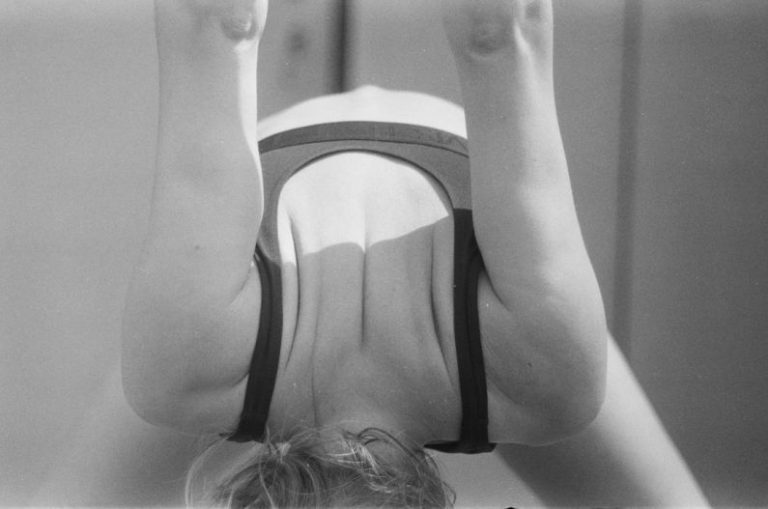Pilates Vs. Yoga: Understanding the Differences
When it comes to mind-body practices, Pilates and yoga are two of the most popular choices. Both disciplines offer a range of physical and mental benefits, but they have distinct differences in terms of their origins, focuses, and techniques. Understanding these differences can help you choose the practice that best suits your needs and goals.
Origins and Philosophy
Pilates was developed by Joseph Pilates in the early 20th century as a system of exercises aimed at improving physical strength, flexibility, and posture. It is based on the principles of concentration, control, centering, flow, precision, and breathing. Pilates exercises are typically performed on a mat or using specialized equipment such as the reformer or Cadillac.
Yoga, on the other hand, has a much older history that dates back thousands of years in India. It encompasses a wide range of practices, including physical postures (asanas), breathing techniques (pranayama), meditation, and ethical guidelines for living. The goal of yoga is to achieve union of the body, mind, and spirit, leading to a state of balance and harmony.
Focus and Benefits
While both Pilates and yoga emphasize mind-body connection and movement, they have different primary focuses. Pilates is primarily focused on strengthening the core muscles, improving alignment and posture, and enhancing overall physical strength and flexibility. It is often recommended for individuals looking to build a strong, stable foundation and prevent or rehabilitate injuries.
Yoga, on the other hand, is more holistic in its approach, incorporating physical, mental, and spiritual elements. In addition to improving strength and flexibility, yoga aims to calm the mind, reduce stress, and enhance overall well-being. Different styles of yoga, such as Hatha, Vinyasa, and Kundalini, offer varying levels of intensity and focus on different aspects of practice.
Techniques and Practices
In terms of techniques and practices, Pilates and yoga differ in their approaches to movement and breathing. Pilates exercises are typically performed in a controlled manner with an emphasis on precision and alignment. Movements are often low-impact and focus on engaging the core muscles to support the spine and joints. Breathing in Pilates is coordinated with movement to facilitate flow and concentration.
Yoga practices, on the other hand, involve a greater variety of movements and postures that flow together in sequences. Yoga poses can range from gentle stretches to challenging balances, providing a more diverse physical workout. Breathing in yoga is often used as a tool to connect the mind and body, with specific techniques such as ujjayi breathing and alternate nostril breathing commonly employed.
Choosing the Right Practice for You
Ultimately, the choice between Pilates and yoga comes down to personal preference, goals, and physical condition. If you are looking to focus on building core strength, improving posture, and enhancing physical fitness, Pilates may be the better choice for you. On the other hand, if you are seeking a more holistic practice that incorporates physical, mental, and spiritual elements, yoga may be the ideal fit.
It is also worth considering trying both practices to see which one resonates with you more. Many individuals find that a combination of Pilates and yoga can offer a well-rounded approach to physical and mental well-being. Whichever practice you choose, remember that consistency and proper technique are key to reaping the full benefits of these mind-body disciplines.
In conclusion, Pilates and yoga are both valuable practices that offer unique benefits for physical and mental health. By understanding the differences in their origins, focuses, techniques, and benefits, you can make an informed decision about which practice aligns best with your needs and goals. Whether you choose Pilates, yoga, or a combination of both, incorporating these practices into your routine can help you achieve a greater sense of balance, strength, and well-being.






